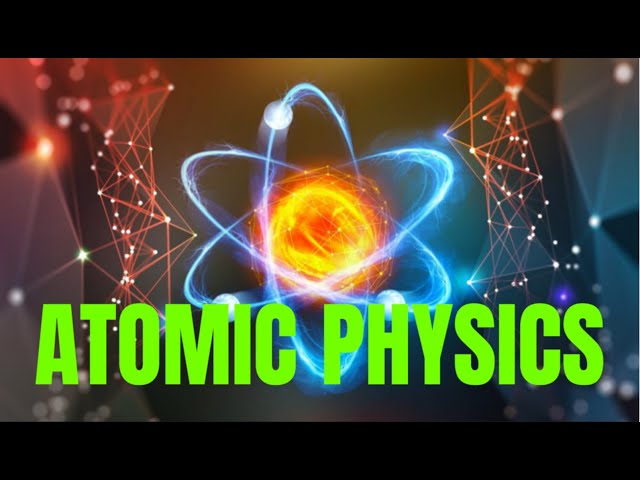
The Atomic Physics course explores the structure, behavior, and interactions of atoms, focusing on the principles that govern atomic systems and their energy levels. Topics include the historical development of atomic models, quantum theory, electron configurations, atomic spectra, and fine structure. The course examines the interaction of atoms with electric and magnetic fields (Zeeman and Stark effects), spin-orbit coupling, and the principles of atomic transitions and radiation. It provides a foundation for understanding atomic-scale phenomena and their applications in spectroscopy, lasers, quantum optics, and modern technology. Emphasis is placed on both theoretical understanding and experimental techniques used in atomic physics.
Objectives
To understand the fundamental structure and properties of atoms based on quantum mechanics.
-
To trace the historical development of atomic models from classical to modern quantum theory.
-
To analyze atomic spectra and understand the origin of spectral lines.
-
To study the effects of external fields on atomic energy levels (e.g., Zeeman and Stark effects).
-
To introduce experimental techniques and applications related to atomic transitions and interactions.
Explain the structure of atoms using quantum mechanical principles.
-
Describe and compare atomic models such as Bohr’s model and the quantum mechanical model.
-
Interpret atomic spectra and calculate energy level transitions.
-
Analyze the effects of magnetic and electric fields on atomic systems (Zeeman and Stark effects).
-
Understand the concepts of spin, fine structure, and spin-orbit coupling.
-
Apply atomic physics concepts to technologies such as lasers, atomic clocks, and spectroscopy.
-
Solve problems involving electron configurations, selection rules, and transition probabilities.
Academic Year 2024-2025
Lecturer: Augustin SIWEGUSA
- Teacher: content creator

